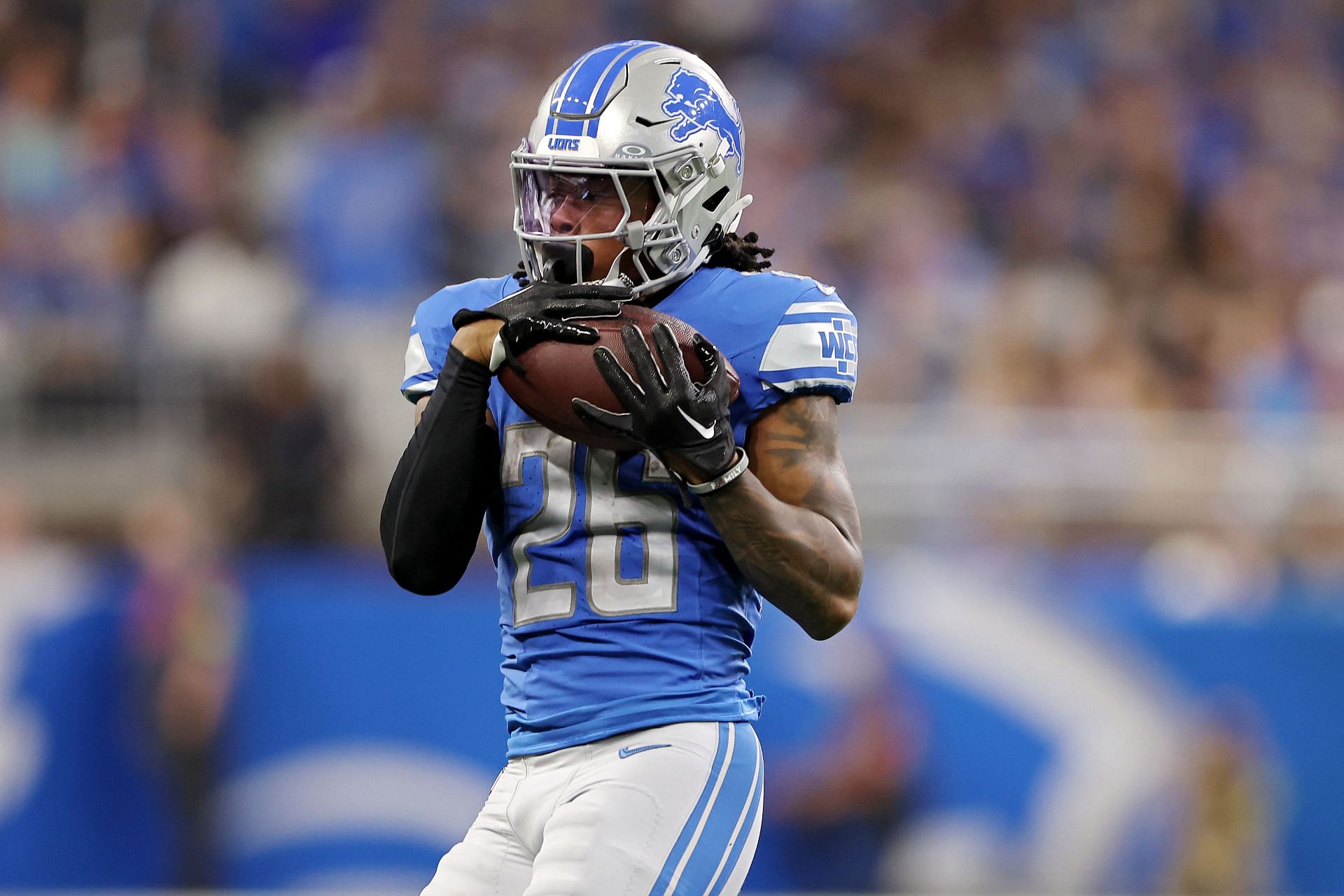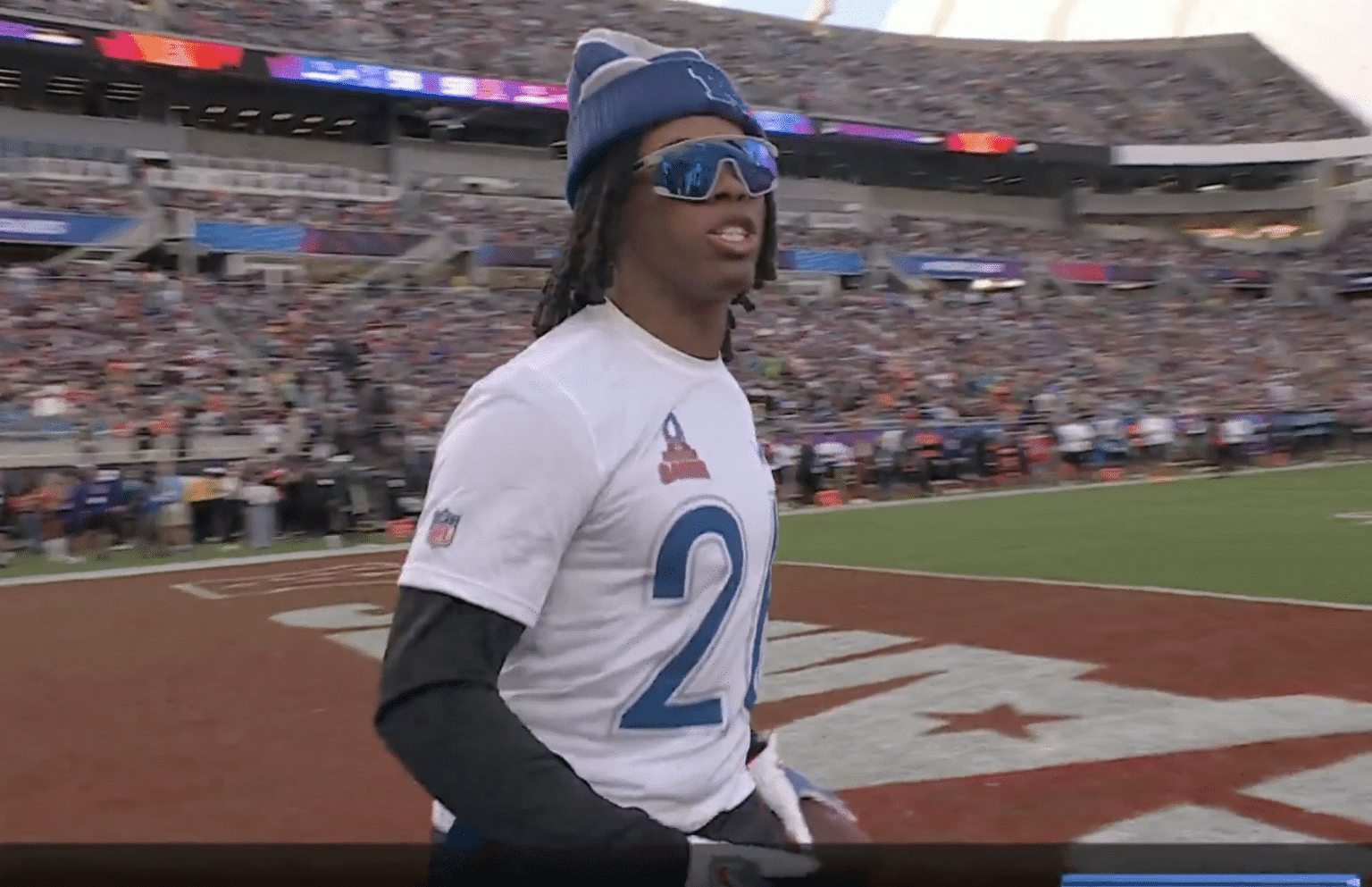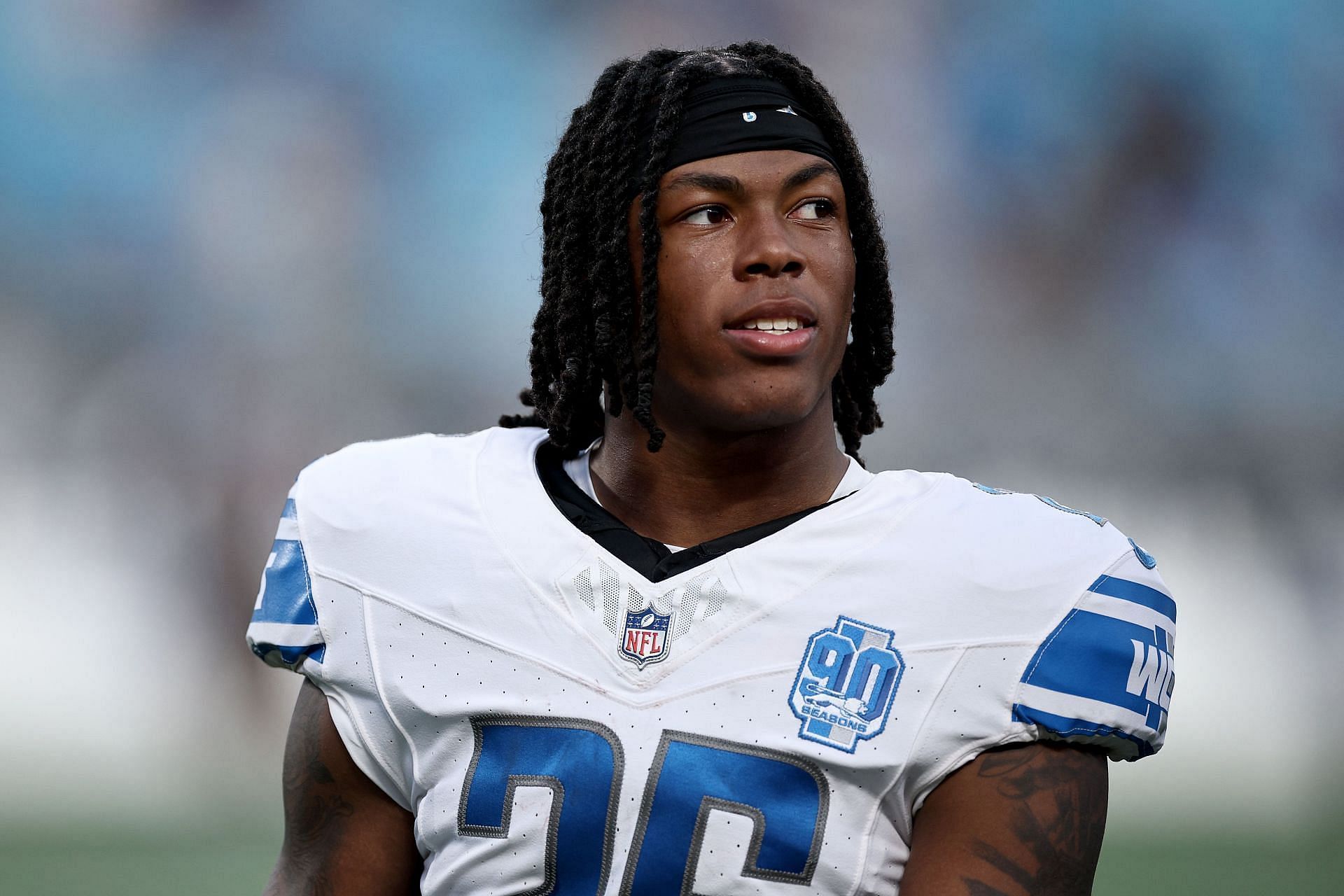Jahmyr Gibbs Injury Overview

Jahmyr Gibbs, the talented running back for the Detroit Lions, has experienced a recent injury that has impacted his performance and availability for games. This injury has sparked concern among Lions fans and analysts alike, prompting questions about its severity and potential long-term effects.
Timeline of Jahmyr Gibbs’s Injury
The timeline of Jahmyr Gibbs’s injury provides crucial insights into its development and potential impact on his recovery.
- Date: The exact date of the injury remains undisclosed, but reports suggest it occurred during a training session or practice. This lack of transparency regarding the injury’s origin raises questions about its severity and potential implications for Gibbs’s future availability.
- Nature of the Injury: Initial reports indicated that Gibbs sustained a high ankle sprain, a common injury among athletes, particularly in contact sports like football. High ankle sprains involve damage to the ligaments connecting the lower leg bones to the ankle bone, causing pain, swelling, and instability.
- Initial Prognosis: The initial prognosis for Gibbs’s injury suggested a recovery period of several weeks, although the exact timeframe remained unclear. This uncertainty highlights the unpredictable nature of such injuries and the difficulty in predicting their full impact on a player’s return to the field.
Impact of the Injury on Gibbs’s Performance and Availability
Jahmyr Gibbs’s injury has undoubtedly affected his performance and availability for games.
- Performance Impact: High ankle sprains can significantly limit an athlete’s mobility, agility, and ability to cut and change direction effectively. These limitations directly impact a running back’s ability to execute plays and contribute offensively. Gibbs’s injury may have reduced his effectiveness in the backfield, potentially leading to a decrease in his production in terms of rushing yards, receiving yards, and touchdowns.
- Game Availability: The initial prognosis suggested a recovery period of several weeks, indicating that Gibbs would miss a significant number of games. This absence could potentially disrupt the Lions’ offensive plans and force them to rely on other players to fill the void. The team’s offensive strategy and performance may be impacted by Gibbs’s absence, depending on the effectiveness of his replacements and the overall strength of the opposing defenses.
Specific Details of the Injury
Understanding the specific details of Jahmyr Gibbs’s injury provides a clearer picture of its severity and potential implications.
- Affected Body Part: The injury involved the ankle joint, specifically the ligaments connecting the lower leg bones to the ankle bone. High ankle sprains often involve damage to the syndesmosis ligament, a strong band of tissue that stabilizes the joint. This specific ligament plays a crucial role in supporting the ankle and preventing excessive movement, making its injury particularly impactful.
- Mechanism of Injury: While the exact mechanism of the injury remains undisclosed, high ankle sprains commonly occur during sudden changes in direction, forceful twisting movements, or direct impact to the ankle. These actions can overstretch or tear the ligaments supporting the joint, leading to pain, swelling, and instability.
Impact on the Team

Jahmyr Gibbs’s absence has significantly impacted the team’s offensive performance. His explosive playmaking ability and versatility have been sorely missed, leading to a noticeable decline in offensive efficiency.
Offensive Adjustments
The team has had to adapt its offensive strategy in Gibbs’s absence. The running back committee has stepped up, but their combined production hasn’t been able to fully compensate for Gibbs’s impact. The team has also incorporated more passing plays to try and open up the offense, but the lack of a dynamic running threat has made it more difficult to establish a consistent rhythm.
Performance Comparison
The team’s performance has demonstrably declined without Gibbs. Key statistics such as rushing yards per game, yards per carry, and points per game have all decreased since his injury. For example, in the games Gibbs has played, the team averaged over 150 rushing yards per game. In his absence, the team has averaged under 100 rushing yards per game. This significant drop in rushing production has directly impacted the team’s ability to score points.
Recovery and Return

Jahmyr Gibbs’s recovery from his injury will be crucial for the team’s success. The specific treatments and therapies used in his rehabilitation will determine his return date and subsequent impact on the team’s performance.
Rehabilitation Process
Gibbs’s rehabilitation process will likely involve a combination of treatments and therapies, depending on the nature and severity of his injury.
- Physical Therapy: Physical therapy will be a crucial part of Gibbs’s recovery, focusing on strengthening, flexibility, and range of motion exercises tailored to the injured area.
- Occupational Therapy: Occupational therapy may be employed to help Gibbs regain specific skills necessary for his position, such as hand-eye coordination and ball handling.
- Sports Medicine: Sports medicine professionals will play a vital role in Gibbs’s rehabilitation, providing guidance on training, conditioning, and safe return to play.
- Rest and Ice: Initial stages of recovery will likely involve rest and ice application to reduce inflammation and pain.
- Medication: Depending on the injury, medication may be prescribed to manage pain and inflammation.
Progress and Expected Return Date
The expected return date for Gibbs will depend on the severity of his injury and the progress he makes during rehabilitation.
- Minor Injury: For a minor injury, Gibbs could potentially return within a few weeks.
- Moderate Injury: A moderate injury could require several weeks of rehabilitation, potentially impacting his availability for a few games.
- Severe Injury: A severe injury could necessitate a longer rehabilitation period, potentially impacting his availability for a significant portion of the season.
Impact on Team Performance, Jahmyr gibbs injury
Gibbs’s return to the team will have a significant impact on their performance, as he is a key offensive weapon.
- Offensive Production: Gibbs’s ability to run the ball effectively and catch passes out of the backfield makes him a valuable asset for the team’s offense.
- Offensive Balance: Gibbs’s presence in the backfield creates balance for the offense, forcing defenses to respect both the run and the pass.
- Playmaking Ability: Gibbs’s playmaking ability and ability to make big plays can be crucial in key moments of the game.
Jahmyr gibbs injury – The news of Jahmyr Gibbs’ injury has sent shockwaves through the Detroit Lions, leaving fans wondering about the depth at running back. While Gibbs’ absence will be felt, the Lions can take solace in the strength of their overall roster, particularly when looking at the Vikings depth chart , which demonstrates the importance of having multiple capable players at each position.
The Lions’ own depth chart will be put to the test as they navigate this challenging period, but the team’s overall talent and coaching staff will be crucial in ensuring a smooth transition.
The Jahmyr Gibbs injury has cast a shadow over the Detroit Lions’ running back situation, prompting questions about their depth. This situation highlights the importance of a robust depth chart, something the Minnesota Vikings are known for. The Vikings depth chart has consistently provided them with reliable options, even when key players are sidelined, demonstrating the value of strategic roster construction.
The Lions, now facing a potential absence of their starting running back, will be looking to their own depth chart for answers, hoping to avoid a similar situation.
